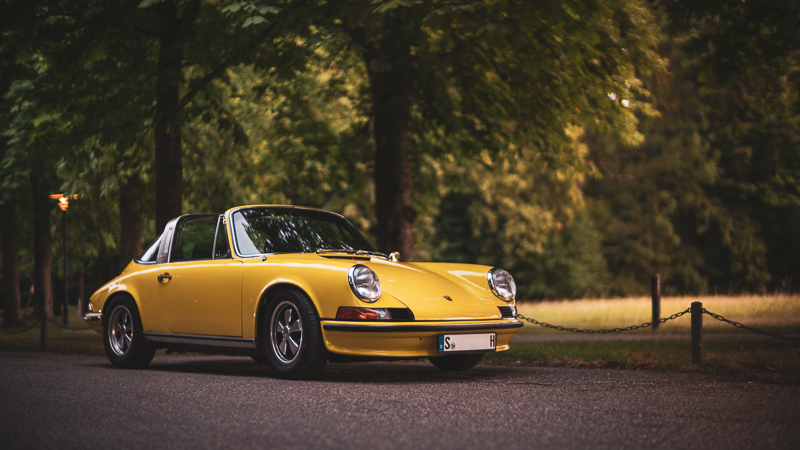
The 50mm lens is what used to be called a “standard” lens, though perhaps a very slightly shorter focal length gives the absolutely most natural perspective. For some of us here at Phillipreeve.net it’s a length we adore, and have more 50s than any other focal length. Others of us are less keen, finding it usually too short or too long. Obviously there is no right answer here, it depends on how each photographer sees the world.
We also have a general guide to FE-lenses, 9-18mm ultra wide angle lenses, guide to 20-28mm wide angle lenses, 35mm lenses, 85-200mm portrait lenses and macro lenses.
But it is a very versatile focal length with a wide range of applications. It can be used for slightly formal portraits, moderately environmental portraits, landscape, architecture – most things except wildlife or sport. You can also, with a little quality loss, crop down to a more formal portrait angle of view, and you can – with a gain in both quality and hassle – stitch frames to get wider angles of view for certain kinds of landscape.
In this article we summarize our experience with all the native E-mount 50mm lenses to give you a independent resource in one place for choosing the best 50 mm lens for your needs. We will cover AF E-mount, MF E-mount with electronic contacts, and lenses with the E-mount but no contacts.
Unlike most other review sites we have no association with any lens manufacturer apart from occasionally borrowing a lens for a review. We prefer independence over fancy trips and nice meals.
Before discussing each lens, we tell you which of us had or has the lens, and whether it was purchased or borrowed for review. In most cases we have bought the lenses new from retail stores or on the used market.
If we have left any question unanswered please leave a comment or contact us on social media and we will do our best to answer it.
If you purchase the lens through one of the affiliate-links in this article we get a small compensation with no additional cost to you.
Last update: March 2025, Sigma 50mm 1.2 and Sony 50mm 1.4 GM added, Sony 50 1.2 GM, 50mm 2.5 G and Sigma 50mm 2.0 DG DN updated, cleaned up
Contents
- 5 Questions to consider before choosing a 50mm lens
- Native 50mm Lenses with AF
- Samyang 45mm f/1.8 AF
- Sigma Contemporary 45mm f/2.8
- Sony FE 50mm f/1.2 GM
- Sigma Art 50mm f/1.2 DG DN
- Sony FE 50mm f/1.4 GM
- Sony Zeiss Planar 50mm f/1.4 ZA
- Samyang AF 50mm f/1.4 FE
- Samyang AF 50mm f/1.4 FE II
- Sigma Art 50mm f/1.4 DG DN
- Sigma Art 50mm f/1.4
- Sony FE 50mm f/1.8
- Sigma Contemporary 50mm f/2.0 DG DN
- Sony FE 50mm f/2.5 G
- Sony FE Macro 50mm f/2.8
- Sony Zeiss Sonnar 55mm f/1.8 ZA
- Native manual focus 50mm lenses with contacts
- Native Manual Focus Lenses without contacts
- Closing Remarks
- Other Articles
5 Questions to consider before choosing a 50mm lens
There is no best 50mm lens for everyone, since individual needs are so different. This is why you won’t find any ratings in terms of stars or points out of 5 in this guide. Instead here are 5 questions to help you reflect on what you need in a 50mm lens. Some of you may decide you need more than one: be warned, that can start a very bad habit, as some of us here know well! If you already know what you need you can skip to the lenses discussion directly.
1. What will you use your 50mm lens for, and which performance aspects matter to you?
A lens might perform very well for one application and fail for others. The Voigtländer 50mm f2 APO Lanthar is maybe technically the best performing 50mm lens we have seen. It’ll be great for landscape. But if you want portraits at very wide apertures, it doesn’t have them. If you want autofocus for quick efficient event and wedding work it doesn’t have that either. On the other hand, the Sony Zeiss ZA 1.4/50, probably the best native fast AF 50mm, while it’s relatively compact for a modern design fast AF 50, is a beast in comparison, and not something that any of us would take on a long hike. That covers a couple of fifties that are best in class at certain things: but you may not want one of those either. You may just want a cheaper one, or you may want the best lens you can get that will do everything well even if it isn’t the best at any particular thing (looking at you Sony Zeiss 1.8/55), or you may want something that has a more specialised look.
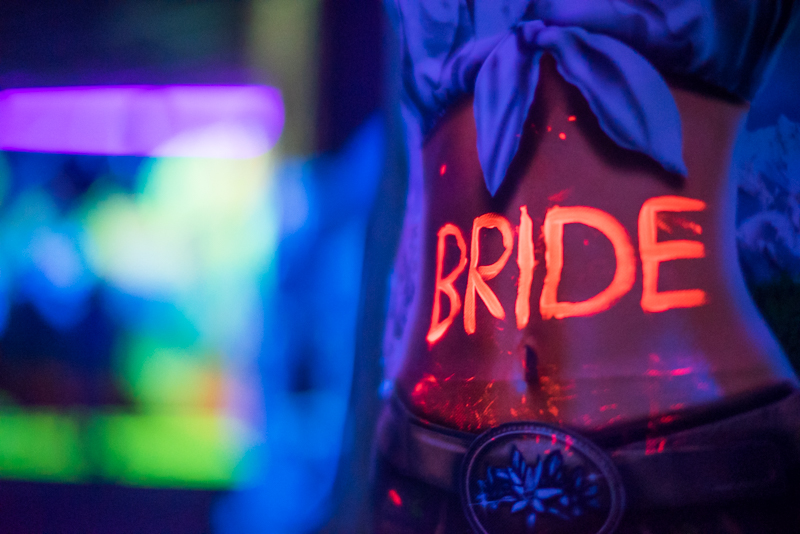
Just as we said in our guide to 35s, when shooting a wedding you will probably care most about bokeh, good sharpness across most of the frame from wide open, speed and AF which should be fast and reliable. Price may or may not be an important aspect. Requirements for shooting family are similar with a bigger emphasis on AF-speed for smaller children.
For astro-photography you want a fast lens with good coma correction and as little vignetting as possible. Many people also prefer manual lenses here.
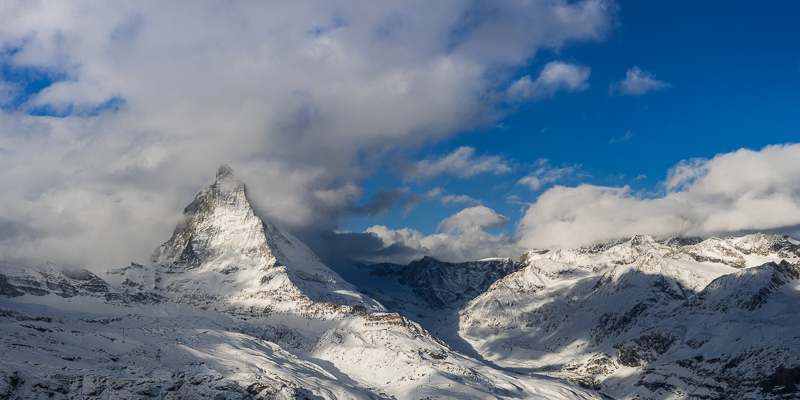
When photographing a landscape or architecture you will probably care about good sharpness stopped down, high contrast, good flare resistance, manual focus experience and maybe nice sunstars or small weight. You probably won’t get all those things in one package!
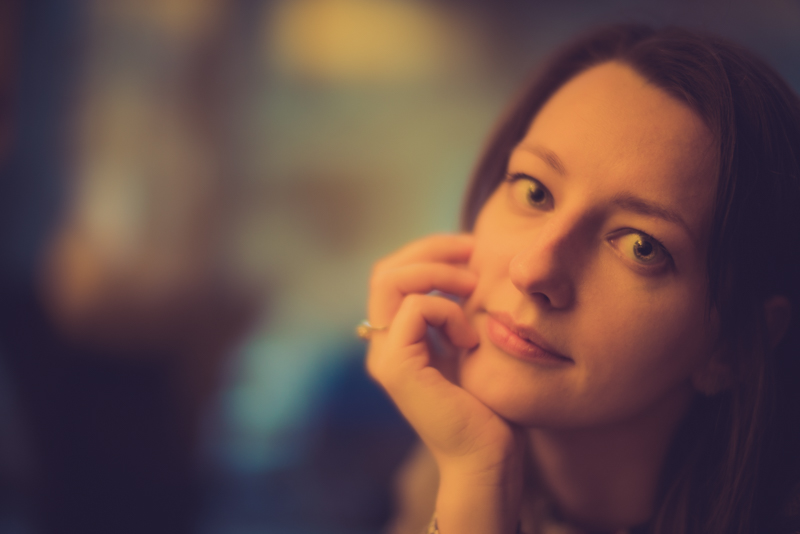
If you are shooting portraits of the kind where you don’t have to get the shot – it’s not like a wedding or an event – but it matters a lot what the look of that shot is, you’ll need to delve a bit more deeply into the different looks that lenses create. You may want a modern fast high contrast look, you may prefer a smooth retro sonnar-like look or you may find the slight edge of many classic double gauss lenses at wide aperture what you prefer.
2. What is your budget?
The cheapest AF full frame E-mount lenses are the Sony 1.8/50 and the Samyang 1.8/45. You can also adapt a good legacy 50mm for under $50. From there the sky is the limit. As a rule of thumb more money gets you better optical quality, better build quality, better reliability and faster lenses. There are exceptions to this rule of thumb which is why you need to read our guide.

How much should you spend? If you are on a very tight budget but a competent photographer you will get very good results out of a $50 lens but you will have to deal with a few scenarios where you would have gotten better results with a more expensive lens. And that $50 lens will teach you a lot about photography. If you know what you are doing then spending more – even much more – will sometimes give you better results. There will be situations in which, frankly, it’s only a slightly better result – lenses don’t turn mediocre photographers into good photographers. But there will be images that you couldn’t get with that cheaper lens. Just perhaps not as many situations as the lens makers would have you believe. And a good lens is no substitute at all for good technique; it’s the icing on the cake of good technique. Don’t upgrade you lens because you aren’t satisfied with your pictures. The lens won’t help that. Upgrade you lens only once you are very sure about your technique, and you know exactly what it is that you want and which lens will give it to you, and how it make that happen.
Like we said in the last guide: we all know that guy who reliably gets bad results out of his $4000 Leica lens. Don’t be that guy. So how much should you spend? It depends on what you want to do with the lens, and what you can afford. So perhaps reading this guide will help a little with telling what they different lenses will do for you, and you have to consider the second thing!
When considering the price of a lens also look at the long term cost of it. A cheap $350 lens which breaks after 1 year of usage costs you $350 for a year of use. A more expensive $600 lens you bought used that can be sold after a year for $550 cost you $50 for a year of use. And it was probably more enjoyable to use in that year. A used lens may cost you only a few bucks a year if you sell it after a few years. There is also an effect called “early adopter tax”: the value of newly released lenses usually depreciates rather quickly in the first year. That’s fine, but think carefully: if the new Furtwängler Super Apo Magnifitar costs $2000 when it comes out, and is worth only $1200 at the end of the year, you paid about fifteen bucks a week to basically rent it over that year. You might be fine with that (some of us have knowingly made that choice). But think about it.
3. Size & Weight
The lightest 50mm E-mount lens is the Sony FF 1.8/50 at 186g and the Samyang 1.8/45 is even lighter at 162g, while the heaviest lens, the Sigma Art 1.4/50, weighs 910g. The three most important factors for the weight of a lens are speed, vignetting and the degree of optical correction. The Sigma 1.4/50 is not only half a stops faster than the Sony: its optical design is also a lot more complex which results in significantly higher sharpness and better correction of aberrations. The Sigma also has a lot less vignetting.
Again needs are very different: If you do a lot of hiking you probably don’t want to carry the very heavy Sigma, but a slower, lighter lens. As a wedding photographer on the other hand performance will usually be more important than weight. Lenses also need to fit into your camera bag.
4. How fast does it need to be?
A faster f/1.4 lens allows you to blur your background more than a slower f/2.8 lens and it also lets in more light, allowing for lower ISO or shorter shutter speeds. Faster lenses are usually bigger, heavier and more expensive than slower lenses but there are exceptions to both rules we mention in the discussion of each lens.
So how fast does your lens need to be? If you chose a f/1.8 lens over a f/1.4 lens this will seldom make the difference between a good and a bad picture but it often is one important factor for the look of your images. Also keep in mind that the quality of the blur (bokeh) can be more important than the amount of blur.
5. Do you prefer AF or manual focus?
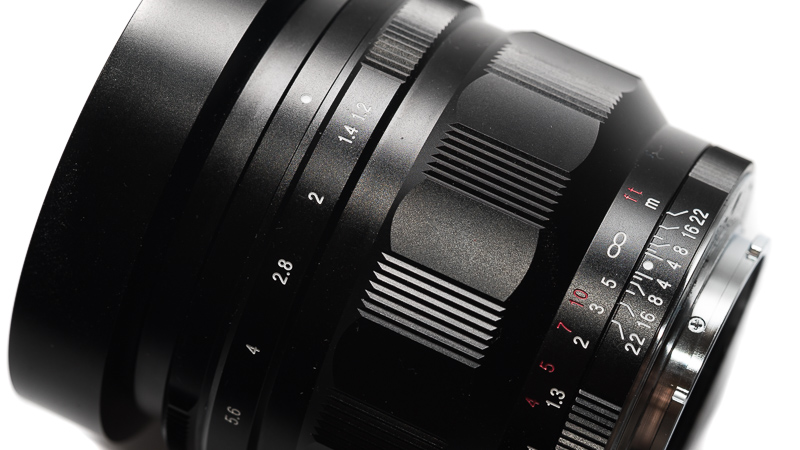
Most users will answer that they want an AF-lens. In that case one needs to consider how fast and how reliable AF needs to be.
Some users prefer to focus manually because it makes photography more enjoyable to them. Even some native lenses are manual focus only and they are a joy to use since they have a proper focus helicoid and a smooth focusing ring. Almost all AF E-mount lenses are less pleasant to focus manually because they are focus-by-wire designs where there is a small but noticeable lag between the moment you turn the focus-ring and the actual change of focus and, secondly, the focus ring offers the wrong amount of resistance or even has some play. Many also have variable (non-linear) throw, meaning that the amount the focus changes when you turn the focussing right depends not just on how far you turn the focussing ring, but on how fast you turn it. In theory this helps you make big changes quickly, and then focus slowly for fine-tuning. In practice many experienced manual-lens-users find it hard to adjust to and very unpredictable.
Native 50mm Lenses with AF
Samyang 45mm f/1.8 AF
Budget Recommendation
- Very good central sharpness wide open, good midframe and
 corners, best across frame at f/5.6
corners, best across frame at f/5.6 - Very small and extremely light
- Build quality is below average: lens barrel is completely made of rather cheap feeling plastic but at least the lens mount made of metal
- Bokeh is neutral with rather high contrast and onion rings
- LoCA is acceptably controlled, significantly better than the FE 1.8/50 and 1.8/55 ZA.
- Low barrel distortion (+3)
- Fast and reliable AF, also for tracking operation (On the A9 with stock firmware, A7RIV needs software update via lens dock for improved reliability)
At first glance, it looks like an expensive alternative to the Sony FE 1.8/50, but it is more than that. Thanks to its virtually silent linear AF drive, is more comparable to the Sony FE 1.8/55 ZA. While it lacks the ultimate corner sharpness already wide open, it is already very good where it matters at f/1.8 and across the frame just a few stops down.
162g | 49mm filter thread | $296 (January 2023)
buy from B&H | amazon.com | amazon.de | ebay.com | ebay.de (affiliate links)
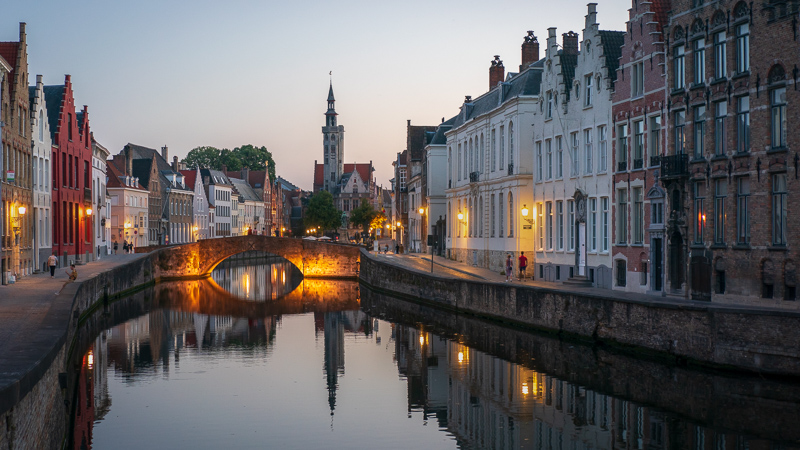
Sigma Contemporary 45mm f/2.8
- Very good resolution and contrast
- Smooth bokeh rendering
- High vignetting, especially wide open
- High distortion (correction profile built in)
- Metal casing and metal lens hood
- Aperture ring and dampened focus ring
- reports of AF inconsistencies at medium distances
- Small and lightweight
A small and lightweight prime lens with great build quality. It is not as fast as many other lenses on this list, but the bokeh is pretty smooth and undistracting so in the end you might even prefer it to that of some of the faster lenses. Performance at wide apertures appears to be somewhat lower at shorter distances. There seem to have been some AF inconsistencies at medium distances, so if you want to buy it make sure it fits your needs within the return period.
Weight: 215g | Filter Thread: 55mm | Price: $549 (January 2023)
Opticallimits Review
buy from B&H | amazon.com | amazon.de | ebay.com | ebay.de (affiliate links)
Sony FE 50mm f/1.2 GM
Recommended
- very high resolution

- nice bokeh
- good correction of all optical aberrations
- very good and fast AF
- build quality/handling (AF/MF-switch, aperture ring)
- high vignetting
The half-a-stop faster successor to the Sony FE 50mm 1.4 ZA. If you are looking for a lens with these parameters this one won’t disappoint. Just like the Sony FE 35mm 1.4 GM a lens with hardly any flaws that comes at a very substantial price.
Length: 108mm | Diameter: 87mm | Weight: 778g | Filter Thread: 72mm | Price (March 2025): $1898
Review
buy from Amazon.com | B&H | ebay.com (affiliate links)
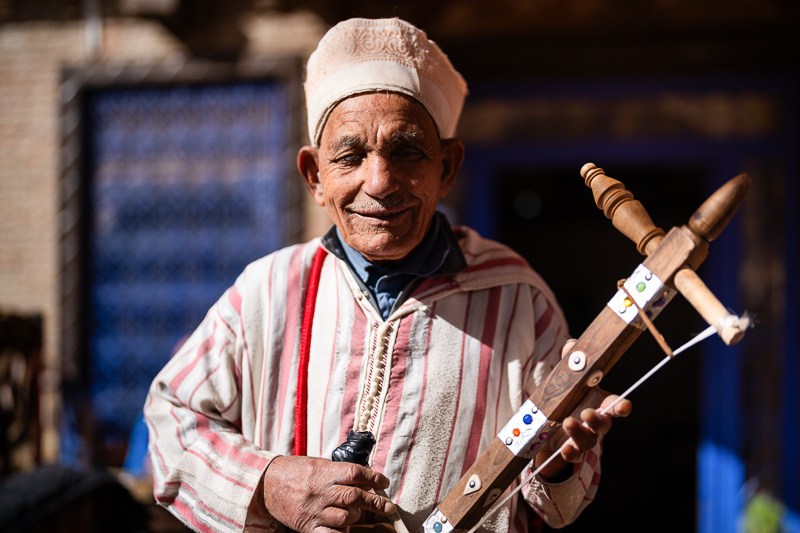
Sigma Art 50mm f/1.2 DG DN
Sigma’s 50mm 1.2 lens is about the same size 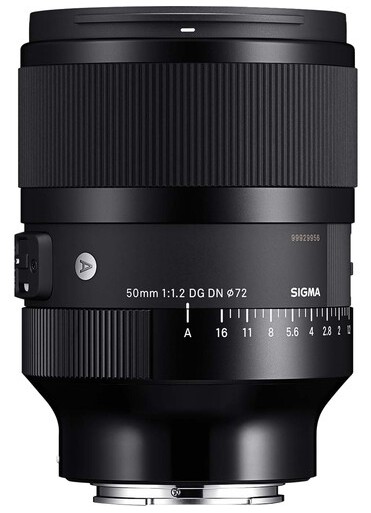 and weight as the Sony FE 50mm 1.2 GM. The Sigma doesn’t offer the Sony’s amazingly high resolution at f/1.2 and I also doubt it offers its amazing autofocus capabilities. It is noticeably cheaper though.
and weight as the Sony FE 50mm 1.2 GM. The Sigma doesn’t offer the Sony’s amazingly high resolution at f/1.2 and I also doubt it offers its amazing autofocus capabilities. It is noticeably cheaper though.
Length: 109mm | Diameter: 81mm | Weight: 745g | Filter Thread: 72mm | Released: March 2024 | Price (March 2025): $1399
Lenstip Review | amazon.com | amazon.de | ebay.com | ebay.de | B&H (affiliate link)
Sony FE 50mm f/1.4 GM
Recommended
This lens has been a bit of a surprise to me, as it had been  released not that long after the Sony FE 50mm 1.2 GM. Considering the competitor’s 50mm 1.4 offerings, this one is rather expensive. Optically it is hard to find any flaws with this lens, except for high (optical) vignetting.
released not that long after the Sony FE 50mm 1.2 GM. Considering the competitor’s 50mm 1.4 offerings, this one is rather expensive. Optically it is hard to find any flaws with this lens, except for high (optical) vignetting.
Length: 96mm | Diameter: 81mm | Weight: 516g | Filter Thread: 67mm | Released: March 2023 | Price (March 2025): $1198
Lenstip Review | amazon.com | amazon.de | ebay.com | ebay.de | B&H (affiliate link)
Sony Zeiss Planar 50mm f/1.4 ZA
- very good central and corner sharpness and contrast from wide
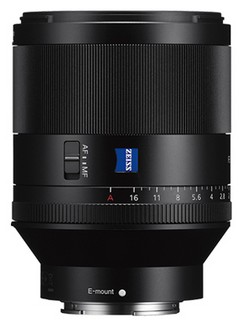 open.
open. - Decent bokeh
- Above average correction of of axial colour for a fast lens
- Much better build quality than other ZA lenses, better finish and alloys, nice damped aperture ring.
- Fairly low distortion
- Reduced (but still decent) midfield resolution for the first few apertures
- Reasonable AF, accurate and reliable but not among the fastest.
- Fairly big and heavy
If you don’t care too much about size and price this lens delivers an exceptional peformance and has a rather distinctive look. Now the Sony FE 50mm 1.2 GM and Sony FE 50mm 1.4 GM are offering the more appealing package for those looking for a high end 50mm lens though.
Length: 108mm | Diameter: 84mm | Weight: 778g | Filter Thread: 72mm | Price (March 2025): $998
buy from B&H | Amazon.com | Amazon.de | ebay.com | ebay.de (affiliate links)
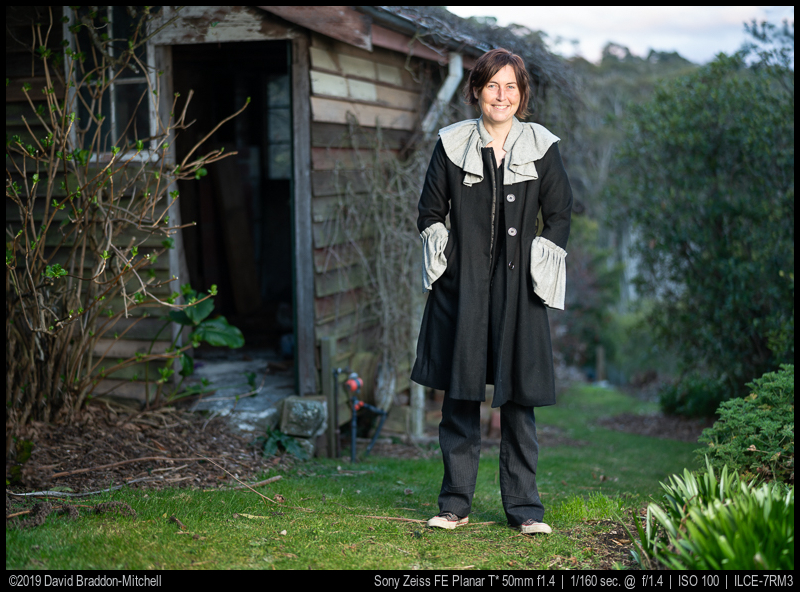
Samyang AF 50mm f/1.4 FE
- Very smooth bokeh
- Below average sharpness: Okay in the center, soft outside of it unless stopped down to f/5.6
- Below average CA correction
- Annoying manual focus and some AF-issues
- Large size and weight
- Moderate Vignetting
Overall we find it hard to recommend the Samyang. Maybe consider it if you care a lot about smooth bokeh and less about sharpness and CA. The MK II version is much better.
Weight: 585g | Filter Thread: 67mm | Price (January 2023): $449
Opticallimits Review | Sample images
buy from Amazon.com | B&H | Amazon.de | Ebay (affiliate links)

Samyang AF 50mm f/1.4 FE II
- smooth, very nice bokeh
- good sharpness
- programmable switch and button
- below average CA correction
- AF a bit on the slow side
- low weight
Compared to the predecessor this MK II version is noticeably lighter, a bit smaller and has improved sharpness while maintaining really nice bokeh. The cheaper alternative to the Sony FE 50mm 1.2 GM.
Weight: 420g | Filter Thread: 72mm | Price (January 2023): $558
Bokeh comparison to Sony FE 50mm 1.2 GM by Simeon Kolev
buy from B&H | ebay.com | amazon.com | amazon.de (affiliate links)

Sigma Art 50mm f/1.4 DG DN
This lens has just been announced and we 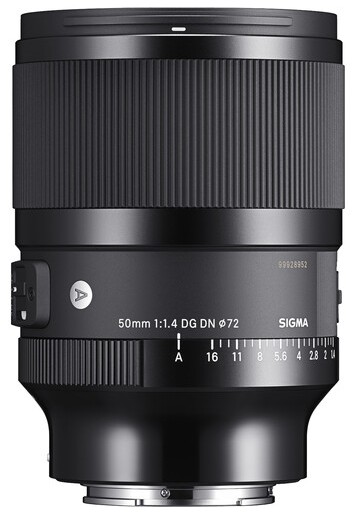 don’t know much about it yet. It is similarly sized as the Sigma 35mm 1.4 Art DG DN so much smaller and lighter than the former DSLR version of the 50mm 1.4. The DSLR version was famous for its very low vignetting, this is not the case with this improved version anymore.
don’t know much about it yet. It is similarly sized as the Sigma 35mm 1.4 Art DG DN so much smaller and lighter than the former DSLR version of the 50mm 1.4. The DSLR version was famous for its very low vignetting, this is not the case with this improved version anymore.
Length: 112mm | Diameter: 78mm | Weight: 660g | Filter Thread: 72mm | Price (February 2023): $849
buy from B&H (affiliate link)
Sigma Art 50mm f/1.4
- Very good sharpness from wide open across the frame,
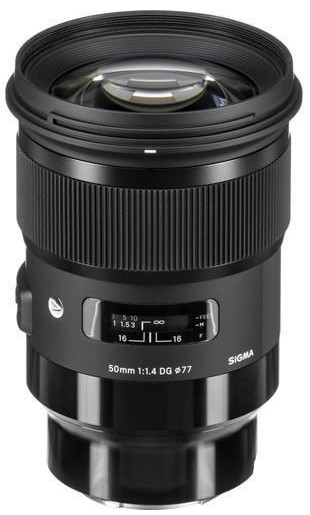 excellent stopped down
excellent stopped down - Bokeh can be a bit nervous
- Above average CA correction
- Low vignetting and very good coma correction
- AF/MF-Switch and nice manual focus ring
- The biggest and heaviest AF lens on this list
- Good price/performance ratio
If you don’t care about the size/weight of a lens and high sharpness is more important to you than an “as smooth as possible” bokeh rendering this lens might be for you.
And if you are into astrophotography to do some stitching this is the best 50 thanks to low light falloff and very good coma correction.
Length: 126mm | Diameter: 85mm | Weight: 910g | Filter Thread: 77mm | Price (December 2021): $849
buy from Amazon.com | Amazon.de | B&H (affiliate Links)
Sony FE 50mm f/1.8
Budget Recommendation
- Very Affordable compared to other E-mount lenses

- Good sharpness in the center, corners need f/8
- Slow AF on A7II and other older models. Fast on A7III and other newer cameras. AF is also a bit noisy.
- Average bokeh: Smooth up closer, more nervous at longer distances
- Very light
- Cheaper build quality
- Below average flare resistance
The Sony FE is an obvious choice if you are on a tight budget. Yes, you will have to compromise a bit in every area from sharpness over bokeh to build quality but the end result will be pleasing none the less. Most of the time.
Weight: 186g | Filter Thread: 49mm | Price (January 2023): $248
Review
buy from Amazon.com | Amazon.de | Ebay | B&H (affiliate links)
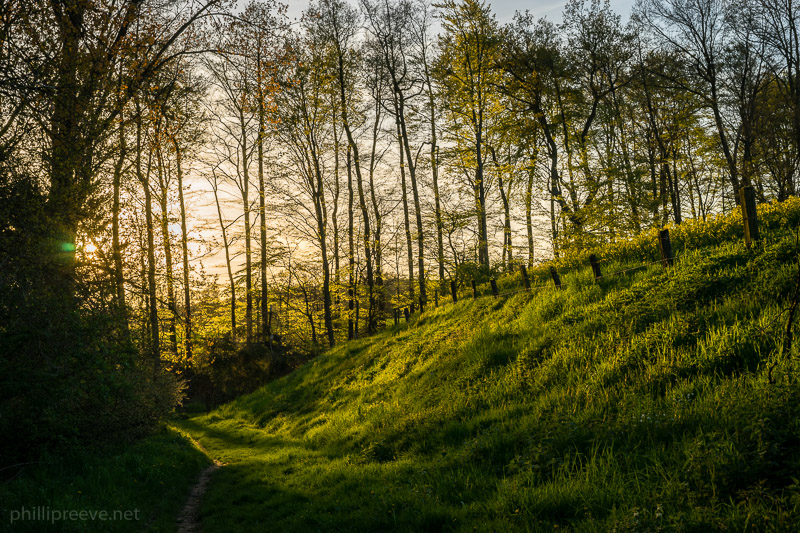
Sigma Contemporary 50mm f/2.0 DG DN
Recommended
An almost as well corrected lens as the Voigtländer
 50mm 2.0 Apo-Lanthar E, but with autofocus. If you don’t need faster than f/2.0, this is an appealing, compact 50mm lens.
50mm 2.0 Apo-Lanthar E, but with autofocus. If you don’t need faster than f/2.0, this is an appealing, compact 50mm lens.
Length: 70mm | Diameter: 70mm | Weight: 345g | Filter Thread: 58mm | Released: April 2023 | Price (June 2023): $639
Lenstip Review
buy from Amazon.com | B&H | ebay.com (affiliate links)
Sony FE 50mm f/2.5 G
- high resolution
- decent flare resistance
- build quality/handling (AF/MF-switch, aperture ring)
- small size and low weight
A well balanced compact 50mm lens, but also a bit expensive compared to many of the faster options.
Length: 45mm | Diameter: 60mm | Weight: 174g | Filter Thread: 49mm | Price (March 2025): $548
Review
buy from Amazon.com | Amazon.de | B&H | ebay.com (affiliate links)
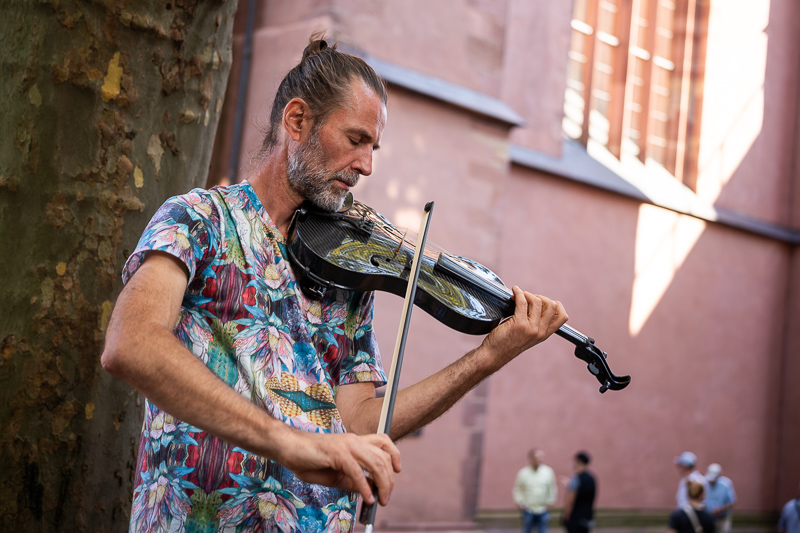
Sony FE Macro 50mm f/2.8
- Excellent sharpness at all apertures and distances

- Moderate high to high contrast
- Outstanding macro performance
- Good colour correction
- Affordable
- Very light
- Poor bokeh in many conditions at portrait distance
- Sluggish autofocus though better on recent bodies
- shape of OOF highlights in some situations a bit angular.
This is not the all-round fifty you want; nor is it the best at anything. If you want a normal macro lens for actual macro work go for it. It’s excellent: truly excellent, as in as good as many far more famous ones, even if it feels a bit cheap. But it is cheap, so that’s fair enough. Should anyone who is not a macro enthusiast buy it? The other use case we recommend it for is hiking. It is much sharper at infinity than most macros, and unless you care about sunstars and so on will give you excellent landscape images, and the macro focussing will allow to to close up nature photography.
Length: 71mm | Diameter: 72mm | Weight: 236g | Filter Thread: 55mm | Price (January 2023): $548
Review
buy from amazon.com | B&H | ebay.com | (affiliate links)
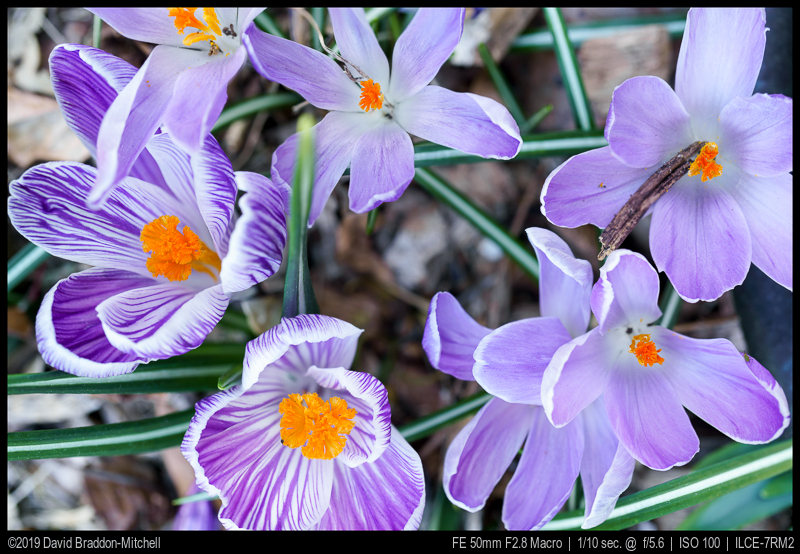
Sony Zeiss Sonnar 55mm f/1.8 ZA
- Very sharp wide open and good across frame stopped
 down.
down. - fast and accurate focus
- Shows onion ring structures in out of focus highlights
- More axial colour (LoCA, PF, spherochromatism) than you would like in a premium lens
- Decent bokeh
- Slightly less contrasty than you might expect
- Average coma correction and average vignetting
- Slightly below average sample variation by current standards
- Lowish distortion, fully correctible.
- No aperture ring or button.
- Poor manual focus experience: non linear by-wire
The Sony FE 55mm 1.8 ZA is a real allrounder. Need to carry a lens easily for hiking? Forget the GM 1.2/50 or ZA 1.4/50. Need an unobtrusive fast AF lens for an event or somewhere where a big lens will stick out? This lens is your choice. It can do great sharp landscapes (but not as well as some of the best manual options.) It can do wide aperture AF portraits (but not as well as the ZA, GM or Samyang MK II). It can follow action. It travels well. It’s good for hiking.
Compared to the recent offerings from third party manufacturers (especially the Samyang 50mm 1.4 AF II) this is too expensive when bought new, better look for a used one.
Length: 70.5mm | Diameter: 64.4mm | Weight: 281g | Filter Thread: 49mm | Price (January 2023): $998
Review
buy from amazon.com | B&H | ebay.com | (affiliate links)
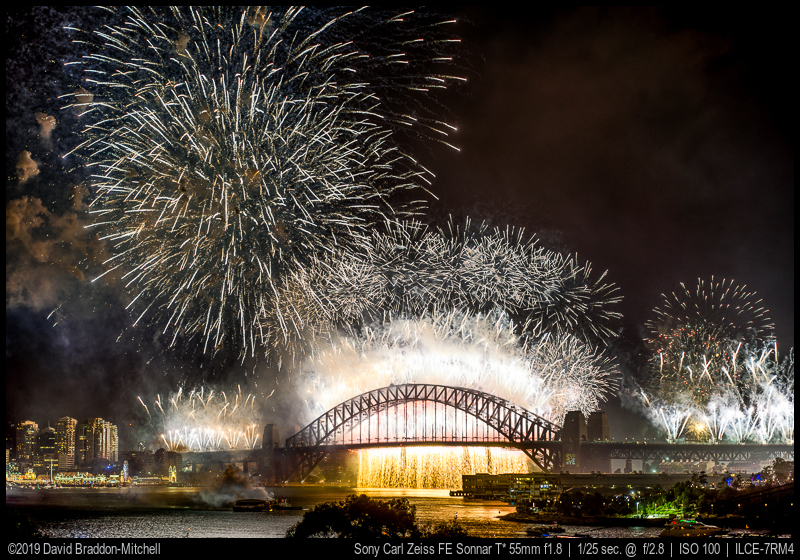
Native manual focus 50mm lenses with contacts
Voigtlander 50mm f/1.2 Nokton E/SE
Recommended
- Very smooth SA-bokeh (similar to Sony FE 85mm 1.4 GM)

- Slightly dreamy at f/1.2, but more than sharp enough
- High contrast and good sharpness stopped down (in the center always)
- Very good flare resistance
- Okay to fair coma correction, vignetting and CA correction
- Nice sunstars stopped down
- Not so great near minimum focus distance, also shows slight focus shift
- Very compact considering its performance
Great portrait lens if you can live without AF. Good as a dual use lens for portrait/landscapes if you don’t need great corner resolution at wider apertures.
More expensive than legacy f/1.2 lenses, but also a clear step up in terms of image quality.
Also comes in a lighter and cheaper “SE” edition with the same optics (SE version has been discontinued in January 2023).
Weight: 440g | Filter Thread: 58mm | Price (January 2023): $799/$749 for SE
Review | Sample images
buy from CameraQuest | B&H | Robert White | amazon.com | ebay.com | ebay.de (affiliate links)
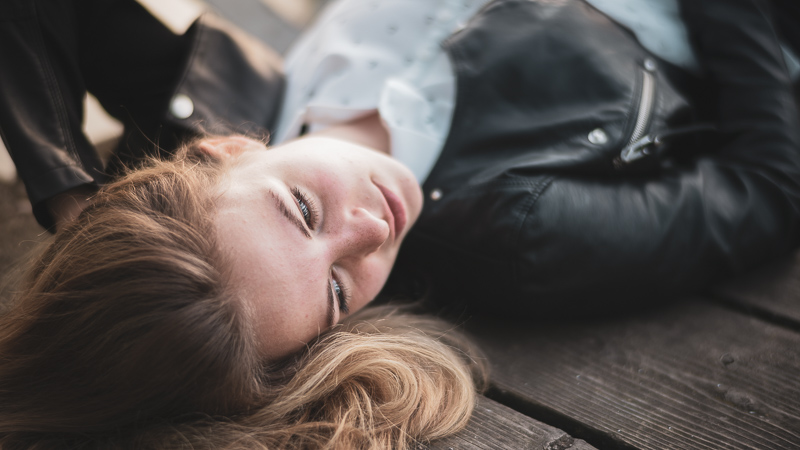
Zeiss Loxia Planar 50mm f/2.0
- Great build quality

- High contrast and decent flare resistance
- Beautiful, well defined sunstars
- Very sharp stopped down
- Mediocre bokeh, especially at longer distances bokeh can be busy
- Obvious midzone dip, for best across the frame sharpness stopping down to f/8 is recommended.
- Above average amount of vignetting
Before we had the Voigtlander 50mm f/2 APO-Lanthar that performs better in every regard, the Loxia 50mm f/2 was the best native option for landscape enthusiasts. Good flare resistance, beautiful sunstars, high contrast and good across the frame sharpness stopped down combined with its small dimensions make it a very good option for shooting landscapes. Still worth considering for that purpose since used prices have come down.
Length: 60mm | Diameter: 62mm | Weight: 320g | Filter Thread: 52mm | Price (January 2023): $999
Review
buy from Amazon.com | B&H Photo | Amazon.de | Ebay.de | Ebay.com (affiliate links)
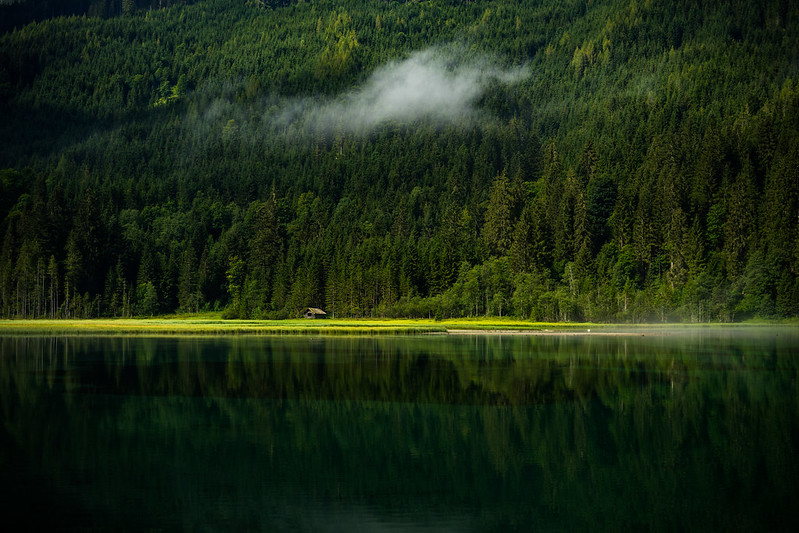
Voigtländer 50mm f/2.0 APO-Lanthar
Recommended
- Best in class sharpness and contrast from wide open

- Best in class CA-correction
- Neutral bokeh with only slightly nervous corners at longer distances
- High contrast and very good flare resistance
- Well defined sunstars stopped down
- Very compact considering its performance
- Above average amount of vignetting
- Excellent handling
Going by technical performance alone this is one of the best 50mm lens you can buy with Sony E-mount. It is also a pleasure to handle thanks to its compact size and nice mechanical design. At the same time it is a relatively slow lens and not that cheap in absolute terms. A good choice if your focus is on landscape photography and you want ultimate image quality.
Length: 61mm | Diameter: 63mm | Weight: 364g | Filter Thread: 49mm | Price (January 2023): $879
Review | Sample images
buy from cameraquest | Amazon.com | B&H (affiliate links)
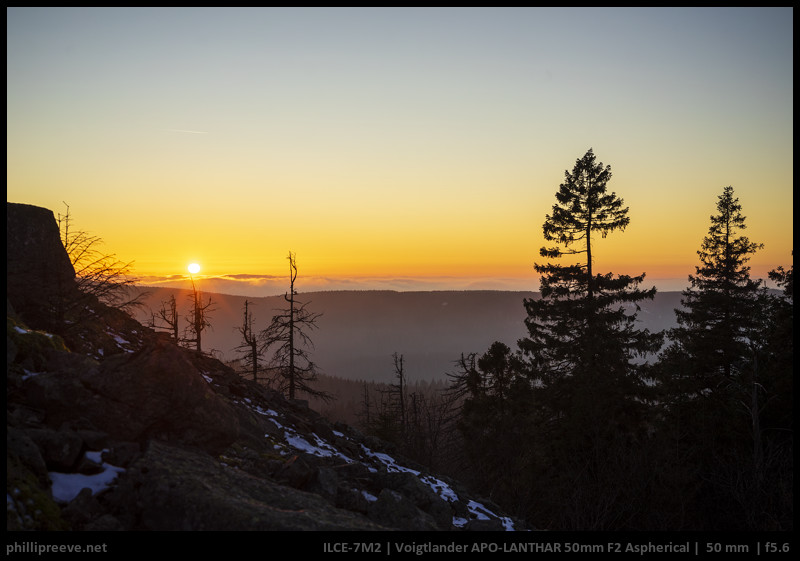
Native Manual Focus Lenses without contacts
Laowa 45mm f/0.95 Argus
- surprisingly sharp for an f/0.95 lens, also usable for landscape
 shooting stopped down
shooting stopped down - nice bokeh at close to mid distances
- 15 rounded aperture blades for undistracting bokeh stopped down
- good build quality and handling
- big and heavy lens, but reasonable considering the specifications
The sharpest of the f/0.95 lenses listed here. Unfortunately the bokeh in the corners at longer distances suffers from a combination of optical vignetting and field curvature, so best used for half body portraits or closer.
Length: 104mm | Diameter: 77mm | Weight: 865g | Filter Thread: 72mm | Price (January 2023): $599
Review | Sample images
buy from manufacturer’s homepage | amazon.com | amazon.de | ebay.com | ebay.de | B&H (affiliate links)
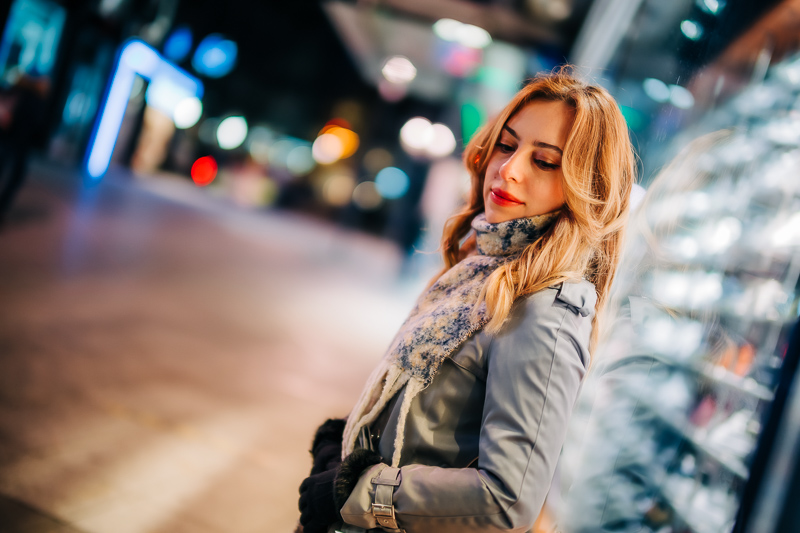
Zhong Yi Mitakon 50mm f/0.95 MKII and MKIII
- Extremely smooth (and plenty) bokeh
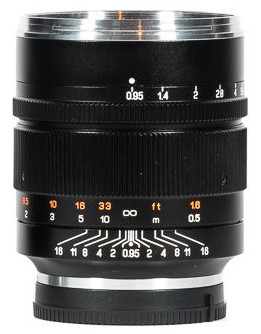
- Dreamy look at wide apertures, especially at close distances
- Sharpness and contrast ok, stopped down pretty good
- bad flare resistance, high loCA, high coma
- MK III has smoother bokeh but straight aperture blades
- Heavy
Special purpose portrait lens if you look for that dreamy bokeh. If you don’t intend to shoot at f/0.95 often better have a look at the other options though.
Length: 87mm | Diameter: 72mm | Weight: 780g | Filter Thread: 67mm | Price (January 2023): $499
Review of MKII | Review of MK III | Sample images
buy from B&H | Amazon.com | ebay.com | Amazon.de (affiliate links)
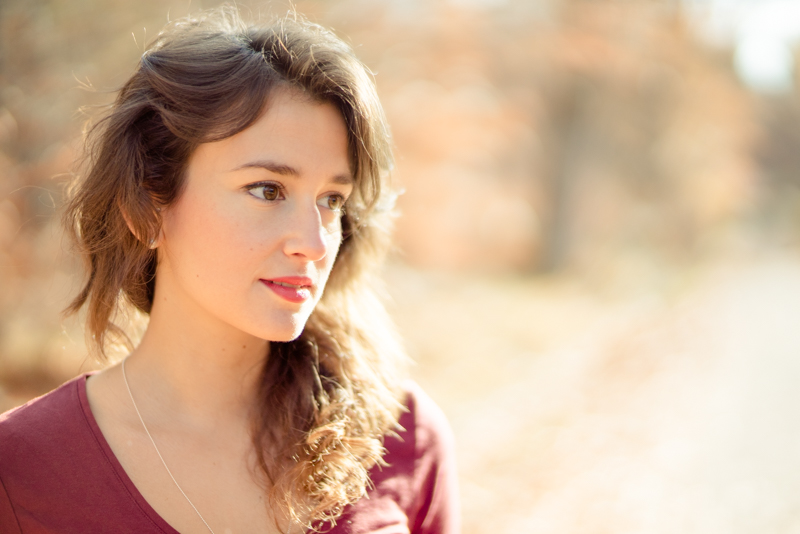
Brightin Star 50mm f/0.95 FE
- decently sharp at portrait distances, also usable for landscape
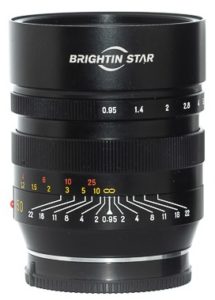 shooting stopped down
shooting stopped down - nice bokeh at close to mid distances
- high vignetting
- bad flare resistance
- good build quality and handling
- average CA correction
- bad Coma correction at wider apertures
- cheapest f/0.95 lens
The cheapest of the f/0.95 lenses. Flare resistance is bad and vignetting is high, but it sharpens up nicely when you stop down so unlike the Zhong Yi lenses can even be used as a general purpose 50mm lens. Unfortunately – similar to the Laowa 45mm 0.95 – the bokeh in the corners at longer distances suffers from a combination of optical vignetting and field curvature, so again this is best be used for half body portraits or closer.
Length: 84mm | Diameter: 71mm | Weight: 750g | Filter Thread: 62mm | Price (January 2023): $419
Review | Sample images
buy from amazon.com | amazon.de | ebay.com | ebay.de for (affiliate links)
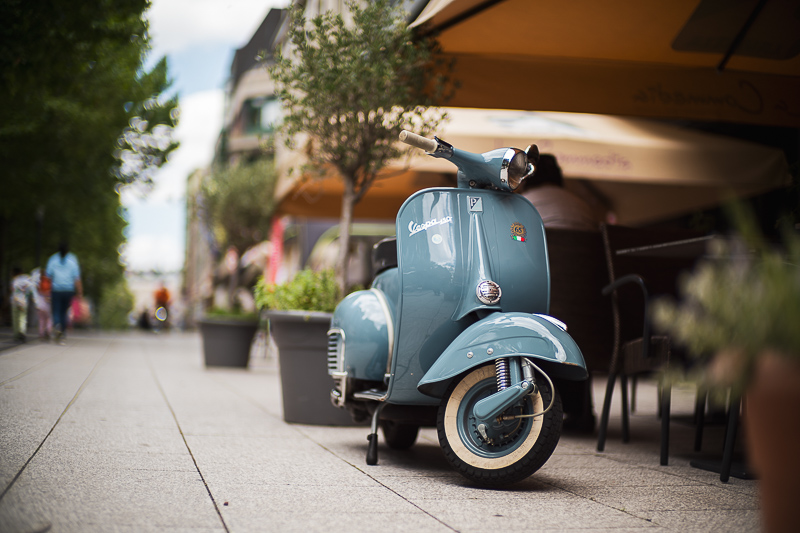
Zenitar 50mm f/0.95 E
- nervous bokeh with lots of outlining
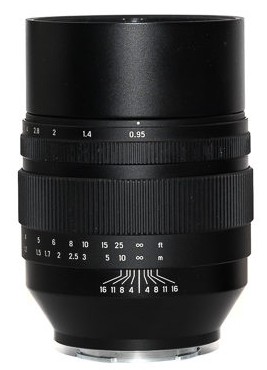
- black corners stopped down
- bad sharpness at maximum aperture
- really bad flare resistance, really high loCA, really high coma
- huge field curvature
- mediocre build quality
- huge and heavy
Considering this is a modern lens that hit the market in 2019 it is extra disappointing that it’s the worst lens I have ever reviewed. When I saw the dimensions I was hoping it might improve on the Zhong Yi Mitakon. It didn’t. Don’t buy it.
Weight: 1110g | Filter Thread: 72mm | Price (June 2019): 880€
Review
buy from ebay.com | ebay.de (affiliate links)
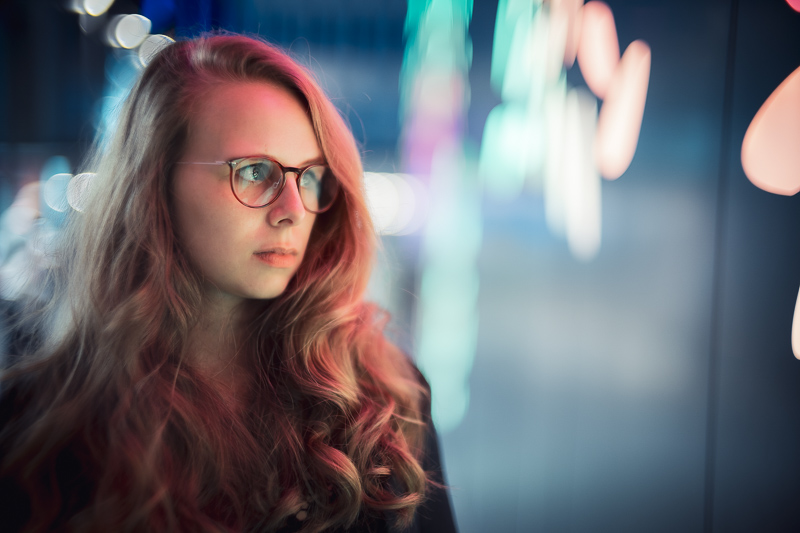
7Artisans 50mm 1.05 E
- nice bokeh

- good sharpness and contrast over most of the frame, even at f/1.05, but corner sharpness is never great
- comarably low (optical) vignetting
- average CA correction, Coma correction and distortion
- bad flare resistance
- average size, weight and build quality (no click-stops on aperture ring)
The 7Artisan’s bokeh will appeal to those that like the high contrast look that we also know from the Leica Asph lenses and many of the fast modern Zeiss lenses. If you felt lenses like the Voigtländer 50mm 1.2 or Mr. Ding 50mm 1.1 (see next entry on the list) were too soft for you this one might be what you are looking for.
Length: 81mm | Diameter: 65mm | Weight: 590g | Filter Thread: 58mm | Price (January 2023): $399
Review | Sample images
buy from B.I.G. Photo (DE) | amazon.com | amazon.de | ebay.com | ebay.de | B&H (affiliate links)
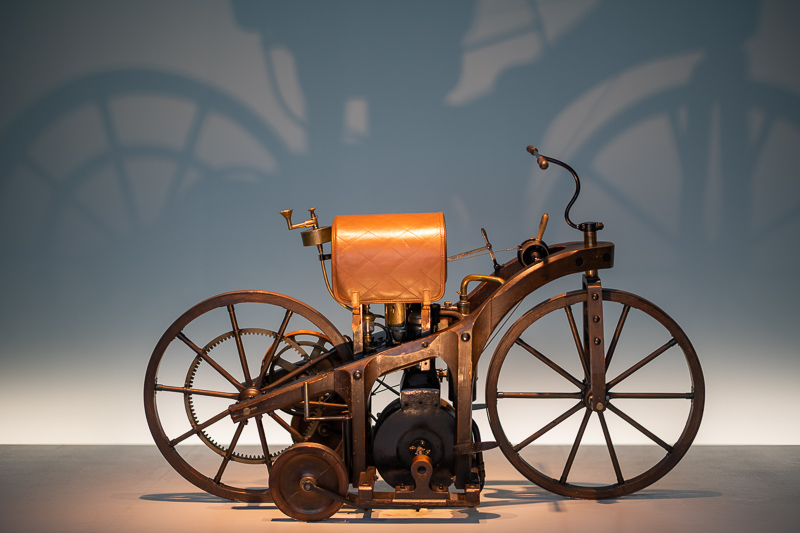
Mr. Ding 50mm 1.1
- really nice bokeh

- good sharpness at portrait distances and also at infinity when stopped down
- average CA correction and vignetting
- low distortion
- bad flare resistance
- noticeable focus shift
- likable build quality and handling
- small and lightweight construction
- very attractively priced
- M-mount works equally well on M and E-mount cameras and also great with the Techart LM-EA9 AF adapter
Afaik the “official” version is the one sold under the Mr. Ding Optics/Studio branding but I initially reviewed an Syoptic branded lens and I heard in some countries these are also sold under the name Vlogmagic.
The Mr. Ding version only comes in M-mount, whereas some of the OEM ones are also available for E-mount, but this is one of the very few lenses where the M-mount version works equally well on M-mount and E-mount cameras. You can even combine it with a TTArtisan 6-bit adapter to get Exif data or with the Techart LM-EA9 to turn it into an AF lens.
This is also one of the few lenses where the rendering qualities stand out to me as aesthetically very pleasing
Length: 61mm | Diameter: 62mm | Weight: 389g | Filter Thread: 52mm | M-mount, needs adapter |Price (January 2023): $399
Review Mr. Ding | Review SYoptic | Sample images
buy from official Mr. Ding Studio shop (M-mount only), can also be found on ebay.com, but here you may get an OEM lens without product support (affiliate links)
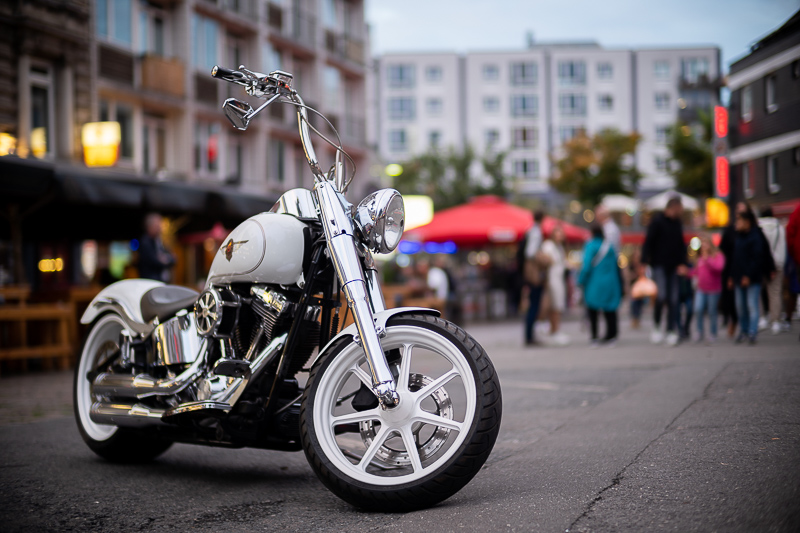
AstrHori 50mm 1.4 Tilt
- sharpness at infinity leaves something to be desired

- good flare resistance
- surprisingly nice suntars
- average bokeh quality
- average flare resistance
- average distortion
- average build quality
- untilted average vignetting, but tilted completely black corners
- unintuitive and annoying handling
The image circle of the lens simply isn’t big enough – or there is a problem with the mechanical design – as there are completely black areas when fully tilting. The mechanical execution of the whole tilt mechanism also leaves a lot to be desired, as it is almost impossible to properly center the lens. Make sure to also have a look at the following two lenses before pulling the trigger.
Length: 67mm | Diameter: 65mm | Weight: 320g | Filter Thread: 46mm | Price (January 2023): $199
Review | Sample images
buy from amazon.com | amazon.de | ebay.com | ebay.de (affiliate links)
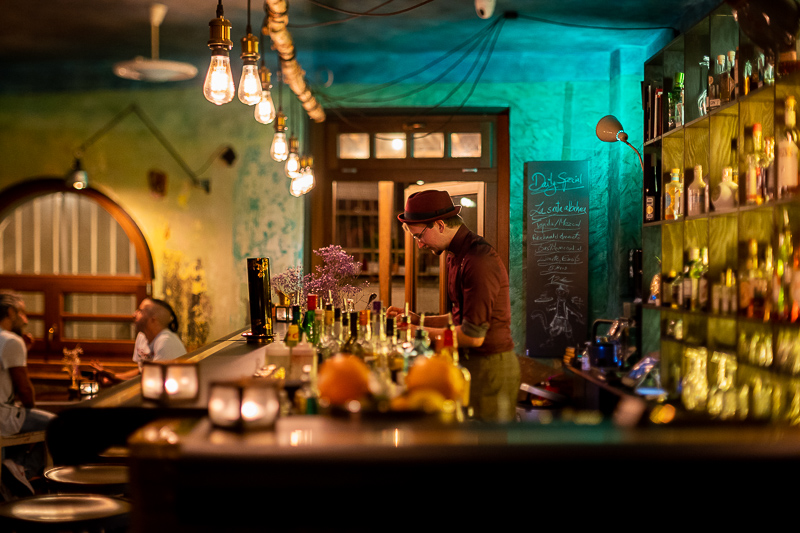
TTArtisan 50mm 1.4 E
Recommended
- nice bokeh
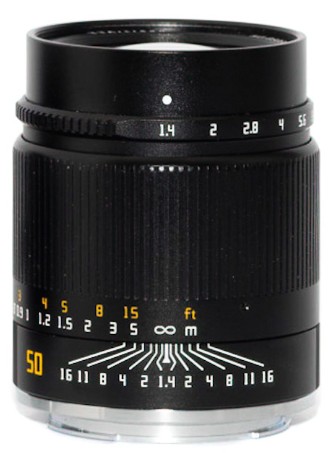
- very good sharpness and especially contrast
- average CA correction, Coma correction, vignetting and distortion
- not so great flare resistance and coma correction
- nice sunstars
- small size but has some heft to it
- very fair price, especially considering the great build quality
The TTArtisan offers surprisingly good bokeh for a small 50mm lens as well as good sharpness where it matters.
It manages to accomplish something where even some of the more expensive lenses fail: stopped down it is plenty of sharp across all of the frame, too.
This makes it a great allround 50mm lens that can be used for portraiture as well as landscape and infinity shooting.
Length: 68mm | Diameter: 60mm | Weight: 432g | Filter Thread: 49mm | Price (January 2023): $225
Review | Sample images
buy from the manufacturer’s shop | amazon.com | amazon.de | B&H | ebay.com | ebay.de (affiliate links)

TTArtisan 50mm 1.4 Tilt
- sharpness leaves something to be desired

- surprisingly nice suntars
- average bokeh quality
- average flare resistance
- average distortion
- average vignetting
- cannot be tilted in every direction
- light leaks when fully tilted
The TTArtisan 50mm 1.4 Tilt can be bought for $199, same as the AstrHori 50mm 1.4 Tilt. Which is the better lens? I honestly fail to see a clear winner. The AstrHori was a pain to use due to its mechanical design, but the optics were mostly fine. The TTArtisan on the other hand was more fun to use, but its optical performance simply isn’t good and there are several mechanical design flaws.
If you don’t need the tilt function the TTArtisan 50mm 1.4 E non tilt is a much better lens and similarly priced.
Length: 70mm | Diameter: 67mm | Weight: 451g | Filter Thread: 62mm | Price (January 2023): $199
Review | Sample images
buy from official TTArtisan online shop | amazon.com | amazon.de | B&H | ebay.com | ebay.de (affiliate links)
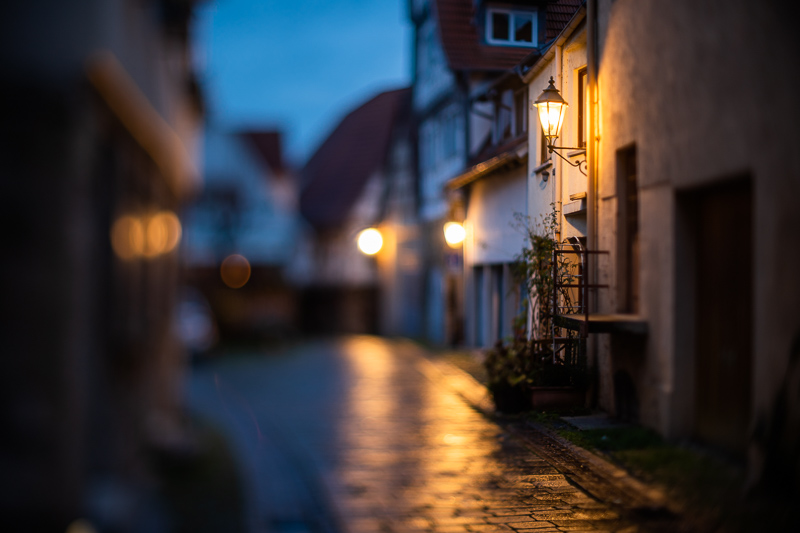
TTArtisan 50mm 2.0 E
Budget Recommendation
- smallest 50mm for E-mount

- super affordable
- decent bokeh
- surprisingly good loCA correction
- nice sharpness from f/2.8, good enough for landscape shooting stopped down
- average CA correction, vignetting figures and distortion
- not so great flare resistance and coma correction
- build quality better than it should be at this pricepoint
This lens doesn’t offer record breaking performance, but the price/performance ratio is simply stellar, as this lens only sets you back $69. This is less than you usually pay for a semi-decent 40 years old SLR 50mm f/1.8 lens with bulky adapter these days and less than some people pay for a lens hood only.
For that price it is also a great option to bring next to your big zoom lens, if you want to travel light or need a bit more speed every now and then.
Length: 35mm | Diameter: 60mm | Weight: 189g | Filter Thread: 43mm | Price (January 2023): $64
Review | Sample images
buy from TTArtisan | Amazon | ebay.com | B&H (affiliate links)
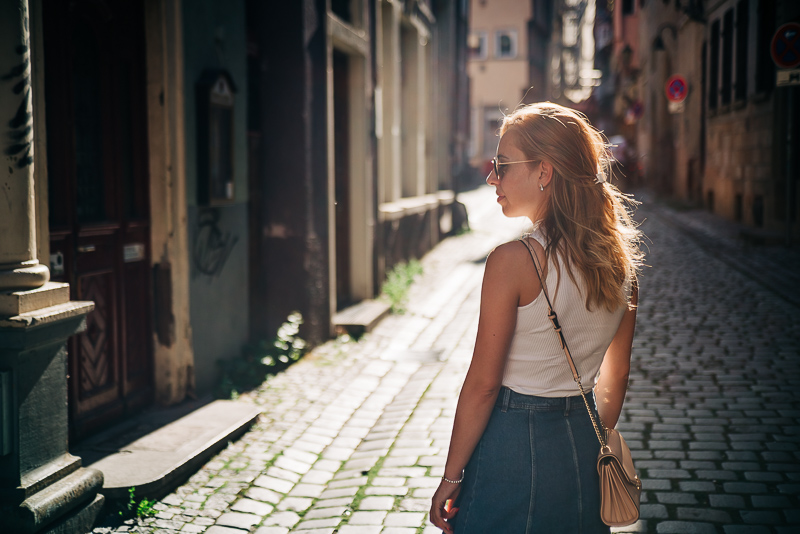
Brigthin Star 55mm f/1.8
- Good sharpness in the center from f/1.8, midframe needs f/4,
 corners f/8 to look good
corners f/8 to look good - smooth bokeh up close, somewhat nervous at longer distances
- Well defined 12-pointed sunstars from f/8
- Small Size and ok build quality
- No aperture stops
- Bad flare resistance
Though it has small size and a good aperture design going for it, the BrightinStar 1.8/55 is a bit hard to recommend since it isn’t much cheaper than a used Sony FE 1.8/50 which is a better performer for most applications, and many somewhat larger legacy lenses perform as well in most areas for half the price.
Weight: 272g | Filter Thread: 49mm | Price: (January 2023): $80
buy from Amazon.com | ebay.com (affiliate links)
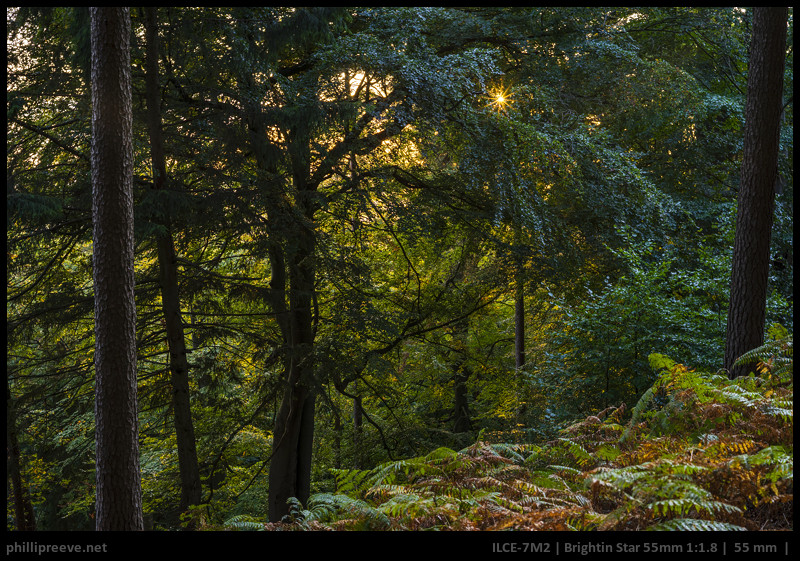
Closing Remarks
We hope that this guide can help you in your purchase decision. If any questions are left unanswered don’t hesitate to leave a comment.
Articles like this require many hours of work. If you found it helpful, you can support us by:
- Using one of our affiliate links if you buy a lens (or anything else, diapers for example), won’t cost you anything extra but helps us a lot.
- If you own an interesting and/or exotic lens and you would be willing to part with it for a few weeks for us to write a review just leave a note.
- It also helps a lot if you share this article on social media and with your friends.
Thanks!
Other Articles
- All our Guides
- All our lens reviews
- Lens aberrations explained
- Affordable manual lenses for the Sony A7 series
Support Us
Did you find this article useful or just liked reading it? Treat us to a coffee!
![]()
![]()
![]() via Paypal
via Paypal
This site contains affiliate links. If you make a purchase using any of the links marked as affiliate links, I may receive a small commission at no additional cost to you. This helps support the creation of future content.
The Team
Latest posts by The Team (see all)
- Sony FE Lenses: The honest Guide for the A7/A9/A1 Series - March 18, 2025
- Guide to best Sony E-Mount 35mm Lenses for A7/A9/A1 series - March 8, 2025
- Guide to the best Portrait Lenses – Sony A7/A9/A1 series - February 22, 2025
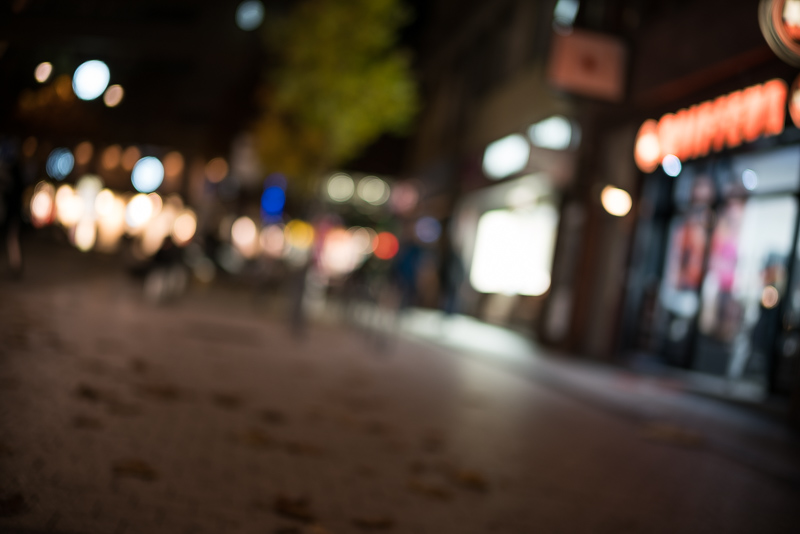
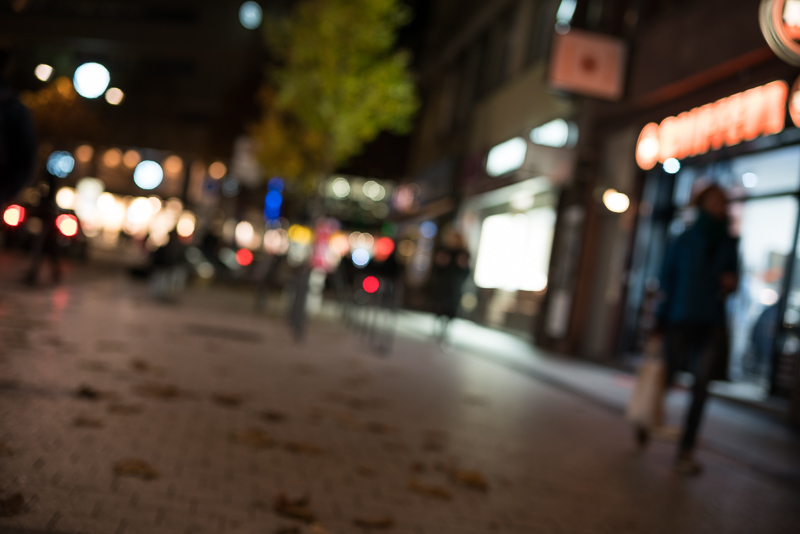

Great article. Definetly the best Source of Information when looking for a 50mm in emount. Thanks for putting it together!
Many thanks to you for the interesting contributions.
I look at your page every day to see what new amounts there are.
Unfortunately, the focus seems to have said goodbye to vintage lens in this amount.
I think that’s a shame, there are such great lenses in the 50mm – such as OM 2/50 Macro or Contax 1.7 / 50 …. which I really appreciate.
I also have the Sony 1.8 / 55, a great lens, but I can also get excited about manual lenses.
Klaus
Maybe read the intro first before you complain:
“There will a separate article about lenses from other mounts you might adapt to E mount.”
Hi Klaus
As we said in the article, there is another one coming with all the adapted lenses! This article was about native mount lenses – we love adapted ones too, and in fact the next article may well have more lenses than this one.
Mate, please let us know if this second article has been posted
Try the Nikkor AI or Auto S Micro, 55 f3.5
great lens for a 45-50 year old design.
Xenotar design only 5 lenses …
I can make some comparison pictures with the Nikkor Z 50mm f1.8 S which is suberb as well.
It’s worth noting just how much the Samyang 45 is comparable to the Sony 55mm. They’re incredibly similar designs.
I wait for the next version of Sony’s 55 mm, and hope it will have less CA and closer focusing distance.
is it gonna happen? i hear a wideangle GM will come, but a 50mm GM sure is a possibility but probably not anytime soon?
David Oastler said he thinks this lens is mature for a refurbishing, so I trust him and just wait. Has a cheep EF 50 mm f1.4 I can use in meantime with MC11-adapter. Soft at f1.4 and can have horrible chromatic aberations, but at least I can practice to shoot at 50 mm now and then. And I have the Tamron 28-75 mm I use most of the time.
Great article as always!
Bastian, let me know if you’re still interested in a good price for that Voigtlander 50 1.2! I’m selling mine currently, would be glad to send it to a good home.
Good morning Bastian and David, sorry, no complaint from me.
I just scanned the intro and overlooked the reference to another article. My mistake…
Greeting
Klaus
No worries! We are looking forward to it…
Great article
Thank you
Don’t overlook the older manual focus Nikkors. The 55mm f1.2 is a soft focus lens very good at female portraiture. The 50mm f1.2 is much sharper than the 55 and suitable for available light nightime photography. The former can be bought on eBay for $250 and the later for around $400. You’ll also need a $99 Metabones F to E adapter.
Great review 👍
I completely agree with you Bastian; 35mm and 85mm are better for me than 50mm too.
But I really like Voigtlander 50mm f1.2, and I don’t know how can I put that lens in my kits.
We, E-mount usesrs have most diverse native choices when it comes to 50mm-ish primes. Compared to 35mm, their design schemes are quite different from each other.
There are characteristic 0.95, 1.2s, and sharp and light 1.8, 2.0s, and almighty 1.4s. I like all of them, even including a bit shunned Samyang 50mm F1.4. At least it is not a copycat like the 35mm brother.
I was quite surprised Samyang 45 1.8 is also praised by you guys. Even though it is cheap and plasticky, but at least I think it proves Samyang is on the right track for their goal: cheap and useful ‘AF’ lenses. The CEO of Samyang said Chinese manufacturers are threatening their position, so they were focusing on developing competent AF lenses on the interview in 2018.
Anyway, I’m really happy with my CV 50 1.2. I was a bit tempted to try Samyang 45 1.8 for shooting my agile nephew, but I’m too tired to repeat buy and sell used lenses till I find a good copy for now.
Now I’m waiting for native AF 100 to 135mm lenses. I wish The Tokina 85mm F1.8 were 100mm F1.8. I’m really looking forward for upcoming CP+.
What best lens for astro? My camera a7r3
If you are looking for a 50mm lens: Sigma 50mm 1.4 Art.
If you are looking in general have a look at this article.
I’ve been waiting for the articles on the 50mm lenses. Thanks a lot guys, love it!
Just by looking at the title I knew that 40 1.2 is gonna come up somehow! Great review!
A wonderful guide and resource, thanks again.
I’m with David Braddon-Mitchell on this one. The Sony ZA 50mm F/1.4 does take lovely photographs (as the photo of David’s favourite model did attest).
WRT the possibility of a GM lens “next year”, are there firm indications of such a possibility? Or would that not simply erode sales (such as they are) of the F/1.4?
Better have your own lens erode sales than someone else’s.
Just look at the 1.4/35 ZA. Before the Sigma 1.2/35 Art used prices were around 1.200€. Now you can be happy to get rid of it for 800€.
Are there any chances that possible 50GM will go the 24GM route, combining great IQ with reasonable weight and dimensions?
I believe that unlike Sigma, the Sony is now committed to make technically exceptional AND man-portable GM lenses.
The GM 1.4/24 was great in that way (and every other) but so far I am not sure we can call it a trend. Other GMs aren’t significantly smaller than the competition. Also the GM 1.4/24 is so far the only mirrorless 1.4/24 so it might be that it just hit a sweetspot where a mirrorless 24mm lens can be much smaller than a than a SLR lens. I am pretty sure that there is much less room to shrink a 50mm.
I’ve found out that CP+ 2020 at Japan canceled due to COVID-19 outbreak. It has become more serious day to day. I was shocked how easily the pandemic could spread by single ignorant individual. In my country, the patients multiplied by 6 times in just 2 days.
Please take care yourselves.
I love my Voigtlander 50mm f/1.2 ASPH VM, it is practically glued to my Nikon Z 6. Since the Z 6 has a thinner cover glass/filter stack getting closer to Leica, the combination works so well together producing incredible colors out of Capture One 20 Pro, I could not ask for more.
Love your articles. Thank you for another great one.
Wondering how you would decide between the Sigma 50mm and the Zony Planar 50mm. Setting aside price for a very brief moment, it a weight and bokeh decision? Between the two, which has better AF speed?
Objective for purchase is photos of family include running toddlers and night photography in the city (but not necessarily Astro)
Regarding bokeh opinions vary. Some actually prefer the Sigma for less cat’s eyes.
AF will probably be a bit more reliable in AF-C with the Sony, I don’t know about speed differences though.
I got the Cosina f/1.2 50mm in part due to the reviews here and it’s great. Sold my old Sony 50mm f/1.8 which was very good for its price but I use 50mm a lot and the step up to the Cosina is noticeable to say the least! You can definitely notice optical flaws at f/1.2 but by f/2 they are much less noticeable. I feel like I have 2 lenses in 1: stopped down it’s sharp and crispy, wide open it’s dreamy.
I’d like to note, regarding your evaluation of 55/1.8:
“it isn’t the top choice at any particular thing”.
I could name one – AF performance. Probably it’s the best lens in the list for tracking children and pets. I’ve compared it side by side with FE28/2 on Sony A7III – although the 28/2 is praised for AF performance, the 55/1.8 is quite noticeably better. And on A6300 (with older AF system) the difference between them is even more drastic.
You are quite right, it’s got the best AF of any native AF 50!
As always, a thoughtful, insightful, and well-planned review. However, as a gearhead myself, I can’t imagine taking the space for the likes of a Zhong Yi Mitakon 50mm 0.95 MKII/ MKIII and never mentioning the Canon 50mm f/0.95 (“dream lens”), which converted to LM mount exceeds the requirements of a very large number of pro photographers. It certainly is not because of price if the $8K+ Olympus Zuiko Auto-T 180mm f/2 deserves your ink.
There are a few reasons that Canon lens is not on the list and never will be:
a) only native E-mount lenses have been included
b) none of us has used the lens yet
c) it has that overcorrected spherical aberration look that none of us here likes,
it reminds me quite a bit of the Zenitar 50mm 0.95, which we deemed the worst lens ever reviewed here.
These days many people think that something being just different or hard to get because of its rarity and/or price
automatically makes it good or desirable. We disagree on that.
But considering Leica is able to sell junk lenses like the 5.6/28 or 2.2/90 at such outrageous prices there
clearly seems to be a market for such lenses these days.
What adapter would work best with L39 mount for a7ii or a7rii?
Thanks,
jediwho
There is M39 also often referred to as LTM (Leica Thread Mount).
These lenses usually feature simple optical designs and even a cheap adapter will do.
L39 is a term I am not familiar with.
Hi guys. Thanks for the great article. It was very interesting to read the different pros and cons of the different lenses. I am now torn between the Mitakon 50mm 0.95 and the Voigtlander 50mm f1.2. I want them for some special moments in music videos to go along my Sigma 20-70 f2.8.
The Voigtlander seems to have considerably better sharpness, and less bad things, but is slower.
I suppose my question is how much more light does the 0.95 let in, and is there much difference in bokeh.
Thanks in advance to anyone who chimes in.
Difference in light gathering capabilities is meaningless here.
Better get the Voigtländer.
Short and concise, I love it!
Does the Mitakon have any advantages at all?
Thank you
Bokeh can be nicer, but for most this will not outweigh the disadvantages.
Thanks for your help.
Hello Guys, I am considering buying some 50 for the Sony A7III and I don’t know what to choose. Which of the 4 lenses you have tested has the most analog image? I’m considering Voigtlander Nokton f1.2 vs APO Lanthar f2.0 vs Zeiss 55mm F1.8 vs Samyang 45mm F1.8??? Finally one more question – should you test the newest Voigtlander Nokton 1.2 SE for e-Mount?
I don’t know what you mean by analogue image.
If you want to recreate the look of an old lens you have in mind maybe consider getting that and adapting it?
The Voigtlander 50mm 1.2 Nokton SE is the same as the Voigtlander 50mm 1.2 Nokton E, just in a lighter casing with cheaper feel, so there will not be an additional review.
I wasn’t meant to accurately recreate a specific old lens with ‘crazy bokeh’, but to answer which of the lenses I mentioned earlier has the closest image to the old lenses? Modern lenses are usually just super sharp and have ‘dull bokeh’ they don’t have that thing … specific hue and bokeh.
Thanks for the answer regarding the Voigtlander Nokton SE – that’s clear.
Choosing from those it would really be the Voigtlander 50mm 1.2 then.
The 50mm 2.0 being the opposite of what you are looking for 🙂
Thank You very much Bastian for Your answer, it’s realy helpful. Now all is clear for me.
Hi. I enjoy reading your review 🙂
I have a question to ask.
I already bought Mitakon 50/0.95. is it gonna be overlapping investment to buy Voigtlander 50/1.2?
do you recommend to buy 50/2 apo instead because i already have 50/0.95 mitakon?
Hi, great review. My interest goes to old lenses as well. For hiking trips its normally difficult to decide which lens. Currently i prepare myself to know what i go after, then guess 3 or 4 lenses plus 2 toys.
What is your experience with selecting lenses for hikes?
Oh my favourite is the … zeiss pancolar 50mm f1.8, super sharp and great colours
How about 50mm f1.2 sony gm ?
Will be included in the next update
Hello Bastian,
is there any news regarding 50mm f1.2 gm?
I have both the Sigma 50 1.4 Art and the Canon 50 TS-E/L Macro Lens. Both are great, but for different reasons. For portraits and travel, the Sigma is my go to lens. And I use the Canon 50 Tilt Shift when I want to slow down and take my time. Any tilt shift lens will take a long time to get accustomed to, but are lots of fun too.
Lovely article. I know you guys are short on time, but are you planning to review the new(ish) Samyang Mk II at some point? Information on the internet is a bit scarce and mixed as of now.
I don’t think there will be a review of that lens all to soon here.
I suspect that the beginning of your conclusions regarding the Samyang 45 comes from another lens, while I couldn’t decide which lens it could come from. I mean this part: “This small and very light lens hit the market in mid 2019 and is a very welcome alternative to the FE standard lens lineup. At first glance, it looks a quite expensive and rather slow alternative to the native Sony FE 1.8/50, but it is more than that. With its more modern design and its virtually silent linear internal AF drive, is more comparable to its premium brother, the Sony FE 1.8/55 ZA”. Quite expensive?! Rather slow?! Mmmm…
Interested to know why David recommends the Sony Zeiss 50mm F1.4 when he has the Sony FE 50mm f/1.2 GM…..
Fixed.
Hello,
nur eine kleiner Hinweis:
Die Zusammenfassung des Zeiss 55 ZA spricht statt von 1.8 von 1.4 und verlinkt auf das Sony FE 35mm 1.4 ZA.
Danke für die tolle Arbeit! 🙂
Konstantin
Korrigiert, danke!
Fantastic content always 🙂
My absolute favourite is the less popular VM Nokton 1.5 50mm. I love the ergonomics on Alpha cameras.
The one with the dorky focus ring ( same as the VM 35mm 1.7 that is a little better ) that is so welcome when fingers are freezing, wet, covered in sand etc … this too can be important.
I also use 3 50mm summicrons, summarit 1.5, the G 45mm 2.8, some OM and some Takumar.
Thanks for another great guide and detailed insights.
I’m currently looking a budget alternative to get a similar look to the Mitakon 65 1.4 that I used to have on the GFX now that I’m using a full frame camera (Z mount). It would be sort of a Pentax 105mm 2.4 look on 6×7. So I guess it should be a fast (0.95-1.2) 45/50mm lens for mid to full body portraits.
Based on your reviews I’m currently looking mainly at the 7Artisans 1.05, with the Meike 50mm 1.2 as an even cheaper alternative and the Argus 45mm 0.95 as the pricier option.
Any feedback or other recommendations you might have?
Thanks a lot.
Is there a reason you left out the Mitakon 50mm 0.95? They would be the obvious choice for me if you liked the 65mm 1.4.
The Laowa 45mm 0.95 is the sharpest of the ~50mm 0.95 lenses, but I don’t love its bokeh at longer focus distances.
Mr. Ding 50mm 1.1, Mitakon 50mm 0.95 MKII/I or the Brightin Star 50mm 0.95 you should have a look at I think.
big thanks from 2024
Do you plan to add the sony 50mm f1.4 GM to this list now that it’s been out for a bit?
Probably not until after I have personally used it.
hi can you guys please update the list and lens recommendations? i think there’s loads of new options in the market…
I checked yesterday. Two new lenses (Sigma 50mm 1.2 and Sony 50mm 1.4 GM) will be added shortly. Wouldn’t call that “loads” though.
I’m not sure why I’ve never liked the 50mm focal length. I’ve always went with either 35 or 85 instead. 50mm is either too wide or too tight usually.